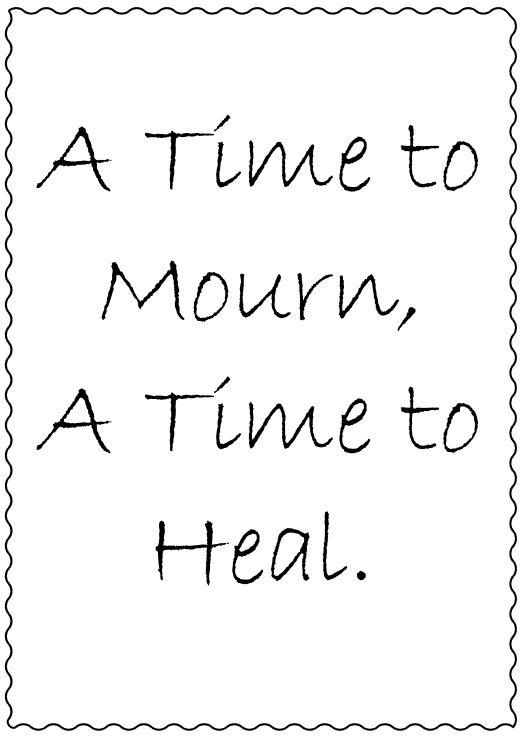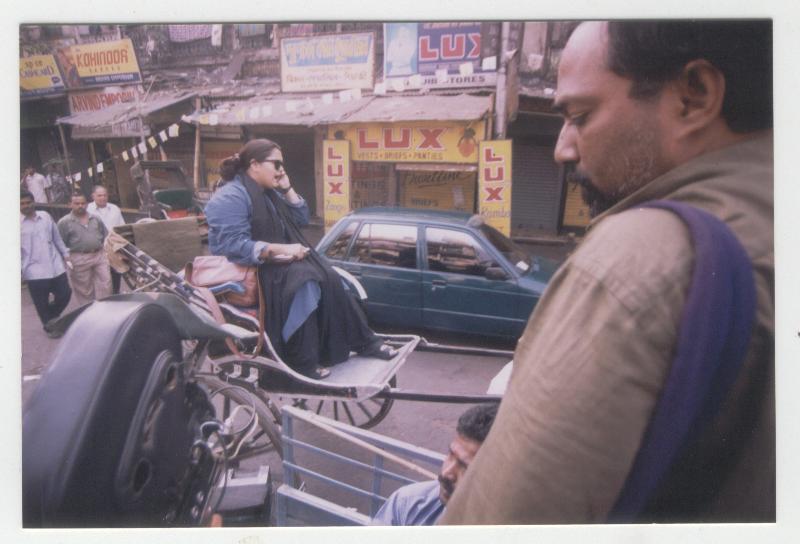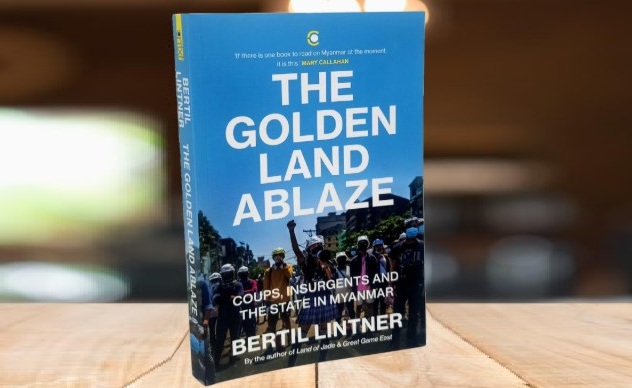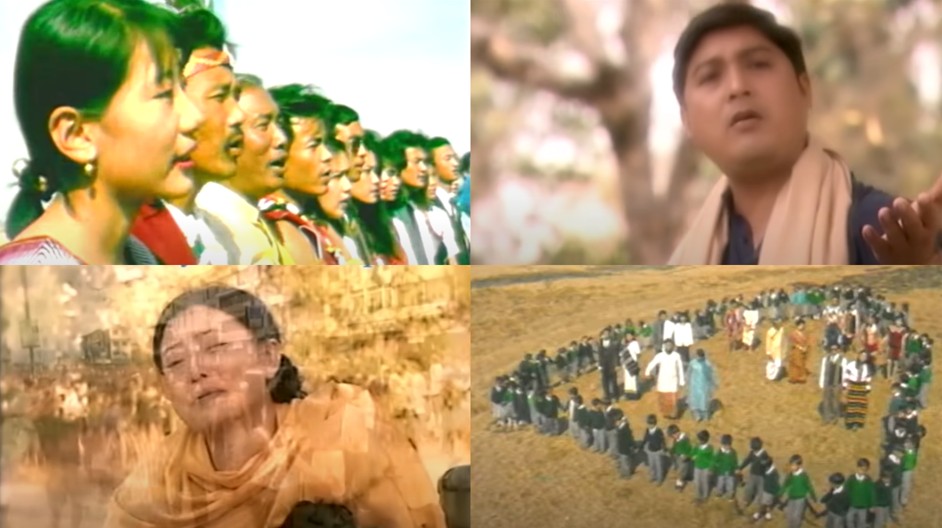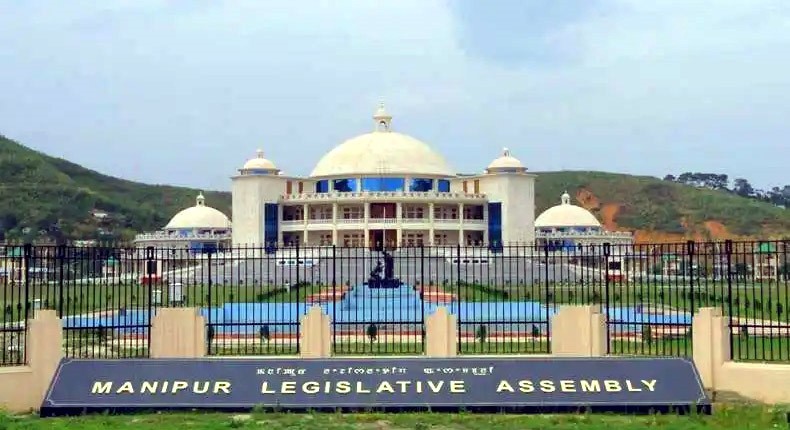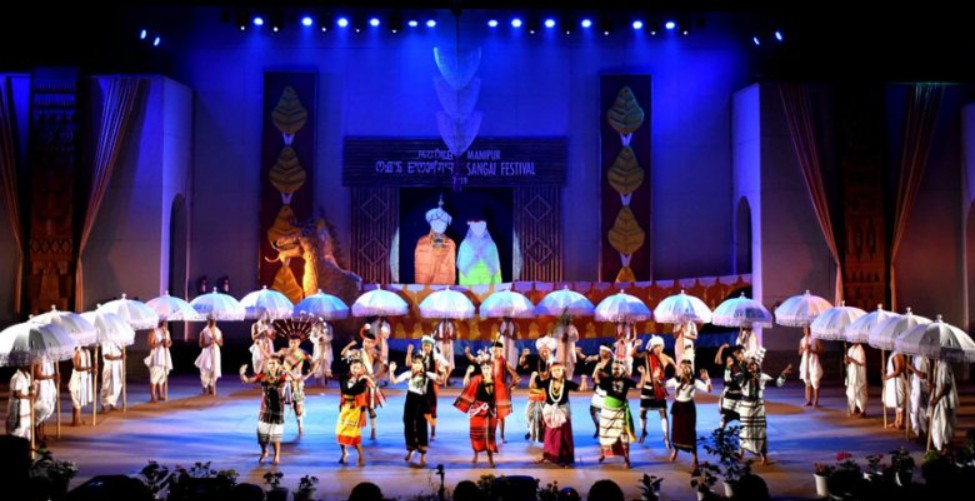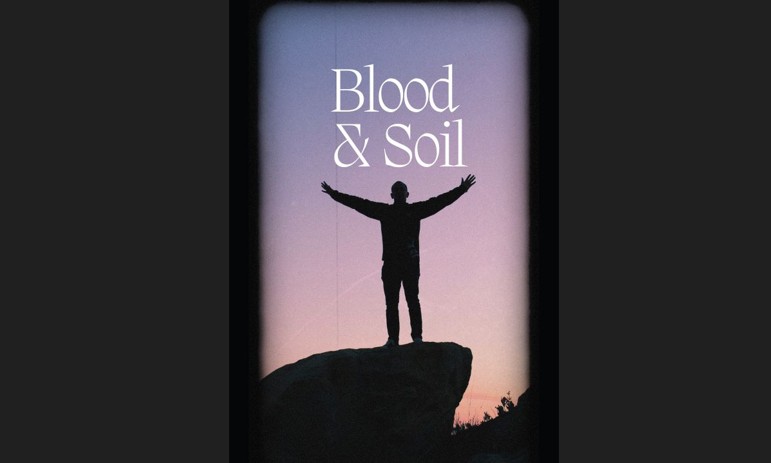Let me start with a thought from Ritwik Ghatak. Documentary film-making is a different craft and game than constructing fictional features, Ghatak said. I am not going to apply an eleventh commandment status to this idea. In a way, i would like to share something very personal and subjective as a person who did some documentary films in Calcutta.
When I had encountered the tanga rickshaw, the man pulling one, I had a deja vu feeling of watching Shashi Anand’s film ‘Man vs Man’ on the real site of calcutta. How can I make it into a knife-stabbing experience through a film? I had convinced actor Rohini Sengupta, to be the traveller, talking on her mobile phone, describing her driver who ditched her that day and the meeting she had to attend which is a decisive one in her career…

We were shooting at the Sealdah five-point crossing with several takes and retakes on the run for a single shot film. The character sitting on a man-pulling rickshaw talking on a mobile phone was a ‘strange and rare visual’ for the passengers sitting in the buses plying there. They were loud enough in expressing their disgust. The rickshaw-puller was an actual person from Bihar, with his naked feet on the tarred roads of Calcutta. Suspending the vehicle in which this elite lady is sitting and talking, we captured every action in a single shot, revealing the rickshaw in the midst of the heavy Calcutta traffic. The film was concluding with the rhythmic naked shot of the foot movements of the rickshaw puller.
Twenty five years have been passed and nobody sees any strangeness in a traveller sitting and talking over a mobile in that vehicle in Calcutta any longer. My film was rejected by the senior film makers of Kolkata. They found it too stylish and non puritan for the idiom of documentary. Do they have any point in branding the film ‘MOBILE’ the way they did twenty five years back?
My answer to that has to be slightly layered. Mrinal sen cemented his fictional features premising his Eldorado with the rare documented footage of Calcutta by blending them with the content of his films. He never did exclusive documentaries on Calcutta. Adoor Gopalakrishnan being born and brought up in a family of Kathakali practiners, never had a single sequence of Kathakali in any of his fictional features. But he did exclusive documentaries on Kathakali without trying to frill his fictional sequences with it. (Even the ad-film makers selling tea powder from Kerala used Kathakali performance for selling tea!)
In the first instance, Mrinal da created documentary sequences to make the aroma of his city so real and grounded. Adoor Gopalakrishnan refused to decorate his fictional narratives through an external import by refusing to include Kathakali, yet dealt with it directly in his documentary films.
Ritwik Ghatak was spot on when he expressed his view on the idiom of non-fiction. We, the practitioners of documentary films have to engage with the form as much as we engage with the subject matter of our films. Generally we tend to take the subject as the film itself, thereby Innovative story telling takes a back seat in our films.


